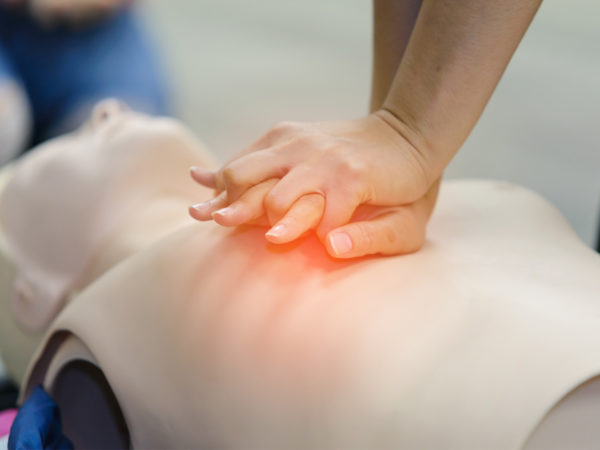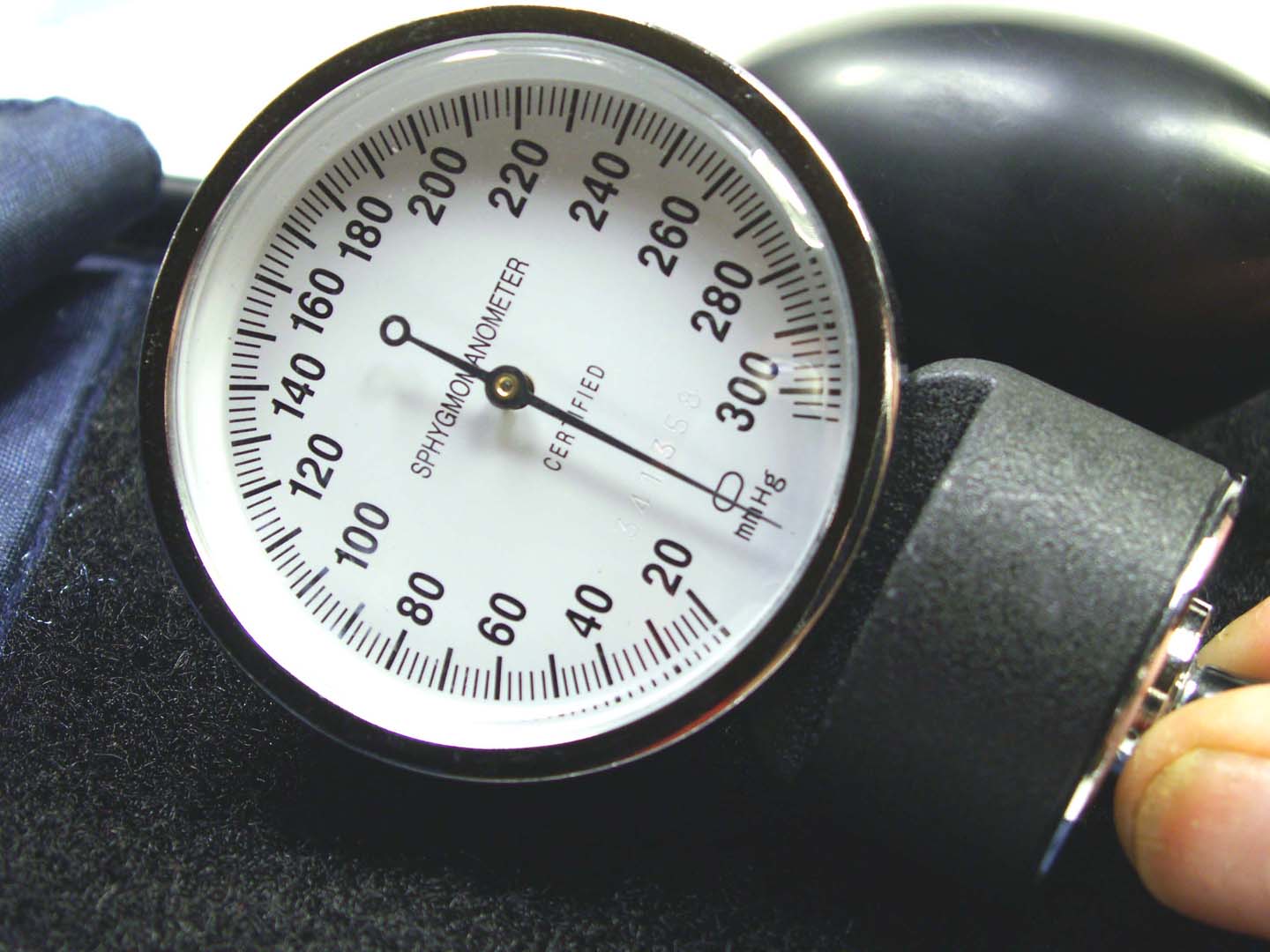Learning CPR In High School

Along with math, history and English, high school students in 38 states are now required to learn CPR – cardiopulmonary resuscitation – in order to graduate. The more people trained the better since the American Heart Association says that less than half the 350,000 people a year who experience cardiac arrests out of a hospital receive CPR from a bystander In 39.5 percent of cases, these heart attacks take place in public settings, 27.5 percent in private homes and 18.2 percent in nursing homes. According to experts, children who learn CPR can ideally pass along training to family members and others, thus increasing the number of people who might be able to help in an emergency. In some states, high school students also are required to learn how to use an automated external defibrillator, a device that can shock heart rhythm back to normal. In schools, students practice CPR on a manikin while watching a DVD showing the skills being performed correctly. The AHA views this as a research-proven way to learn and retain CPR skills. In addition to CPR for adults and children, the course includes training in how to address choking.
Source:
American Heart Association, “How CPR is saving (and changing) lives.” cpr.heart.org/AHAECC/CPRAndECC/AboutCPRECC/CPRFactsAndStats/UCM_475748_CPR-Facts-and-Stats.jsp
Also in this week’s bulletin:
- How Sleep Affects Weight
- Are Women Doctors Better?
- Satisfy Your Sweet Tooth With Lemon Ginger Sorbet











